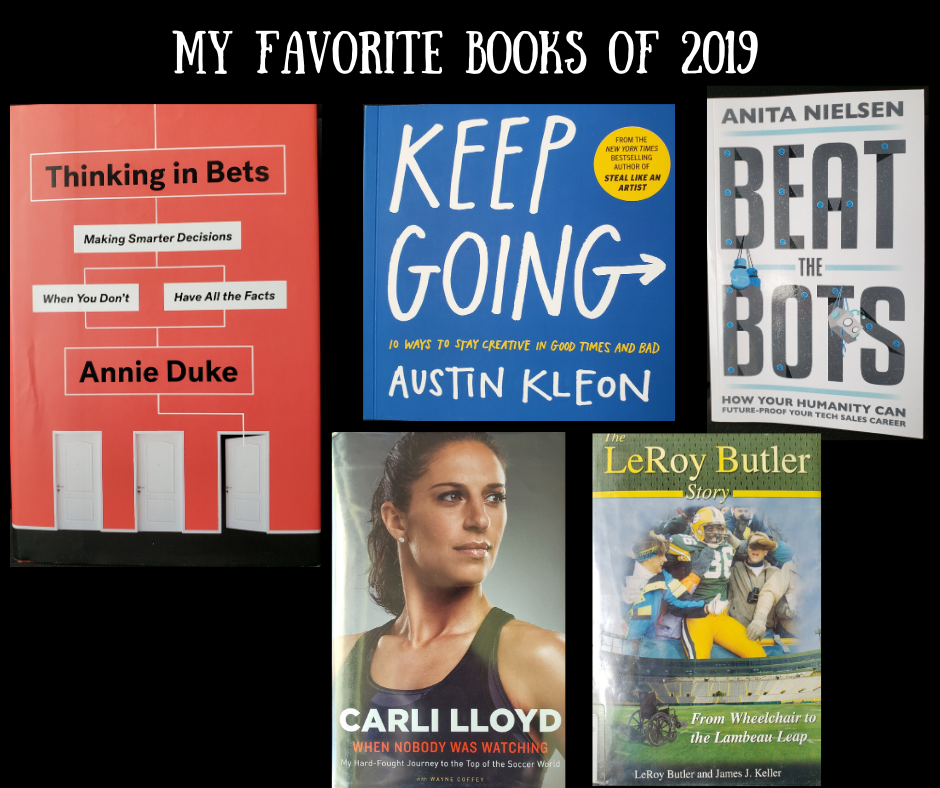
I read some truly inspirational and eye-opening books this year. Without further ado, here is this year’s list of my favorites books of 2019.
Thinking in Bets: Making Smarter Decisions When You Don’t Have All the Facts by Annie Duke – Duke is the first woman to win the World Series of Poker and she shares insights on how to make decisions when you don’t have all the cards on the table, which translates for the rest of us to making decisions when you don’t have all the information you need. As someone who over-thinks and over-analyzes many decisions this book resonated with me deeply. It’s changed my mindset in how I approach certain situations. When a book does that, it’s something special. I’ve even successfully used her techniques while playing the occasional night of poker with my friends. This is a must read, especially if you want to learn to approach making decisions more quickly, without second guessing yourself and with more accuracy in the outcome.
Keep Going: 10 Ways to Stay Creative in Good Times and Bad by Austin Kleon – I’ve read Kleon’s other books, Steal Like an Artist and Show Your Work, with delight and this is another gem. His insights, along with thoughts from other artists, provide inspiration to keep producing work that excites you and gets you out of bed in the morning, when it seems like you’re doing the same thing over and over, like Bill Murray in Groundhog Day. It’s a fun read and made me appreciate the joy of the creative process and not get too focused on the outcomes. You will enjoy this book as much as I did.
Beat the Bots: How Your Humanity Can Future-Proof Your Tech Sales Career by Anita Nielsen – This book calls itself a sales book for tech sales professionals, but it’s much more than that. This book is for everybody who deals with other people in their work – essentially, everybody. Nielsen approaches sales, not as a transaction that takes place, but a thought process that transforms your relationship with your client. Instead of thinking B2B, she has you think in terms of H2H – human to human. Her insights are powerful. She writes in a personal way that makes you feel like she’s right there with you one-on-one in a coaching session. She’s in your corner and her care for you as a sales professional shines through. It’s easy to see why she’s one of the most sought after consultants around. This book is highly recommended.
When Nobody Was Watching: My Hard-Fought Journey to the Top of the Soccer World by Carli Lloyd with Wayne Coffey – I’ll start by saying I’m not a soccer fan and I know Lloyd’s name by watching the Olympics, so I can say that I’m only vaguely familiar with her career. I’ve never read a book by an athlete that showed so much mental toughness like this book did. The sacrifices that Lloyd made to become an elite athlete and her struggles to maintain her position on the team are astounding. She takes you through the grueling long hours of practice, the exhausting physical training program, the loss of a social life that all athletes at this level sacrifice to “make it”, and details the moments in important matches in her career, but there’s more to her story that got to me. It was the constant need to prove herself, not only year to year, but match to match. It was exhausting just reading about it and I thought to myself many times, “How much can one person take?” Thankfully, she had a personal coach who believed in her. He pushed her when she needed a kick in the butt and comforted her when she needed someone to vent with. We could all use a coach like that in our life. I realized this book is a perfect fit for those working in a corporate environment, which isn’t always warm and welcoming. There’s a lot to be learned from someone who ended up being a two-time Olympic gold medalist, two-time FIFA Women’s World Cup champion, two-time FIFA Player of the Year, and a three-time Olympian for the United States Women’s Soccer Team.
The LeRoy Butler Story by LeRoy Butler and James J. Keller – I loved watching Butler play with the Green Bay Packers during the 90’s. He was part of some great teams, including the team that won Super Bowl XXXI. I also enjoy listening to him as part of “The Big Show” on 105.7 FM the Fan in Milwaukee. He brings a unique perspective and his insights are eye-opening, not to mention his amazing sense of humor. I knew a little about Butler, but not the full picture. For him to make it out of a rough neighborhood in Jacksonville, Florida, where he saw kids his own age get killed, his physical ailment that forced him to wear leg braces while he healed, to become a high school, college and NFL football great is remarkable. Butler proves that you can achieve great success, no matter where you come from and that you can do it with humility and a great appreciation for all those who helped you along the way.
What were your favorites books this year? What are you looking forward to reading in 2020? Happy reading!
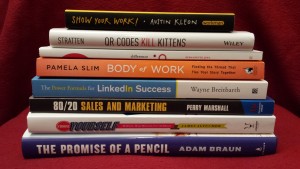
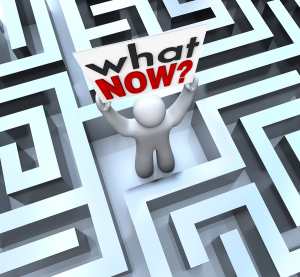
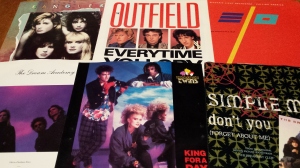


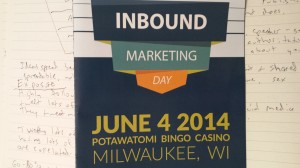

Follow Me!